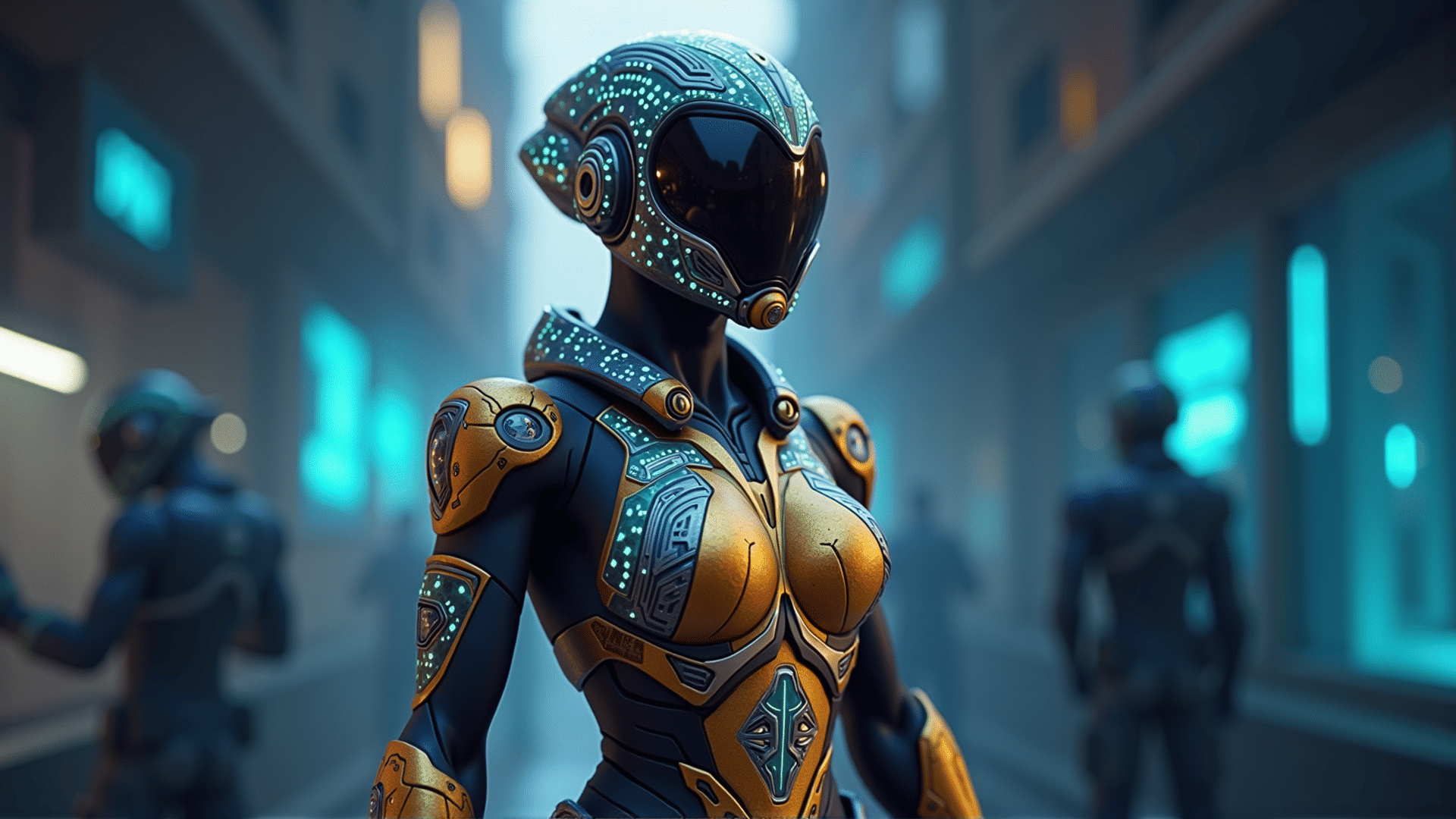In the vibrant world of gaming, digital collectible skins have emerged as a significant cultural phenomenon, reshaping how enthusiasts experience and enjoy their favorite games. These virtual items, often purely cosmetic, allow players to personalize their in-game characters or objects, creating a sense of identity and pride. As we uncover the history and development of these digital skins, it becomes clear how they have impacted gaming communities and enhanced the gaming journey for countless players.
The concept of digital skins can be traced back to the early modding communities of the 1990s, where passionate gamers would modify in-game assets to create new experiences. However, it was the rise of massively multiplayer online games and competitive first-person shooters in the early 2000s that truly brought digital skins into the mainstream. Games like "Counter-Strike" and "World of Warcraft" began incorporating skins as a means to allow players to distinguish themselves in a creative and colorful manner.
With the advent of online gaming platforms and digital marketplaces in the mid-2000s, players' ability to customize their characters or weapons with unique skins became a defining feature. The introduction of skins in games like "Team Fortress 2" and "League of Legends" demonstrated the growing demand for digital customization. These platforms encouraged developers to design an ever-expanding array of skins, catering to diverse player preferences and fostering a sense of ownership and exclusivity.
The impact of digital collectible skins on gaming communities is profound. Skins foster a vibrant culture of creativity and expression, allowing players to showcase their unique personalities and styles within the game. The social aspect of gathering and discussing skins has also strengthened communities, with players often sharing their collections, discussing upcoming releases, and trading tips on acquiring new items. This interconnectedness has led to a heightened sense of camaraderie and shared enthusiasm among gamers.
Moreover, digital skins enhance the gaming experience by introducing additional layers of engagement and motivation. Players are driven to complete challenges, participate in events, and achieve milestones to unlock or obtain rare skins. This element of challenge and reward adds depth to the gameplay, encouraging continued participation and dedication.
In eSports, digital skins hold a special place, often used as tools for team branding and fan engagement. Professional players and teams adopt exclusive skins to represent themselves, which fans embrace as a way to show support. This intertwining of digital skins and professional gaming has further elevated the status of skins in the industry, making them integral to the identity of players and fans alike.
As digital collectible skins continue to evolve, they drive innovation and creativity within the gaming industry. Developers are constantly exploring new ways to push the boundaries of what skins can offer, incorporating interactive elements, dynamic animations, and themed seasonal releases. These innovations not only keep the gaming experience fresh and engaging but also contribute to the ever-expanding lore and universes within games.
In conclusion, digital collectible skins have revolutionized the gaming landscape, offering players more than just cosmetic enhancements. They have become symbols of identity, community, and creativity, enriching the gaming experience on multiple levels. As this trend continues to grow, it will undoubtedly shape the future of gaming, inspiring developers and players alike to push the boundaries of digital self-expression.
